Extremolytes Metabolomics Analysis Service
Submit Your Inquiry- Service Details
- Demo
- FAQ
- Publications
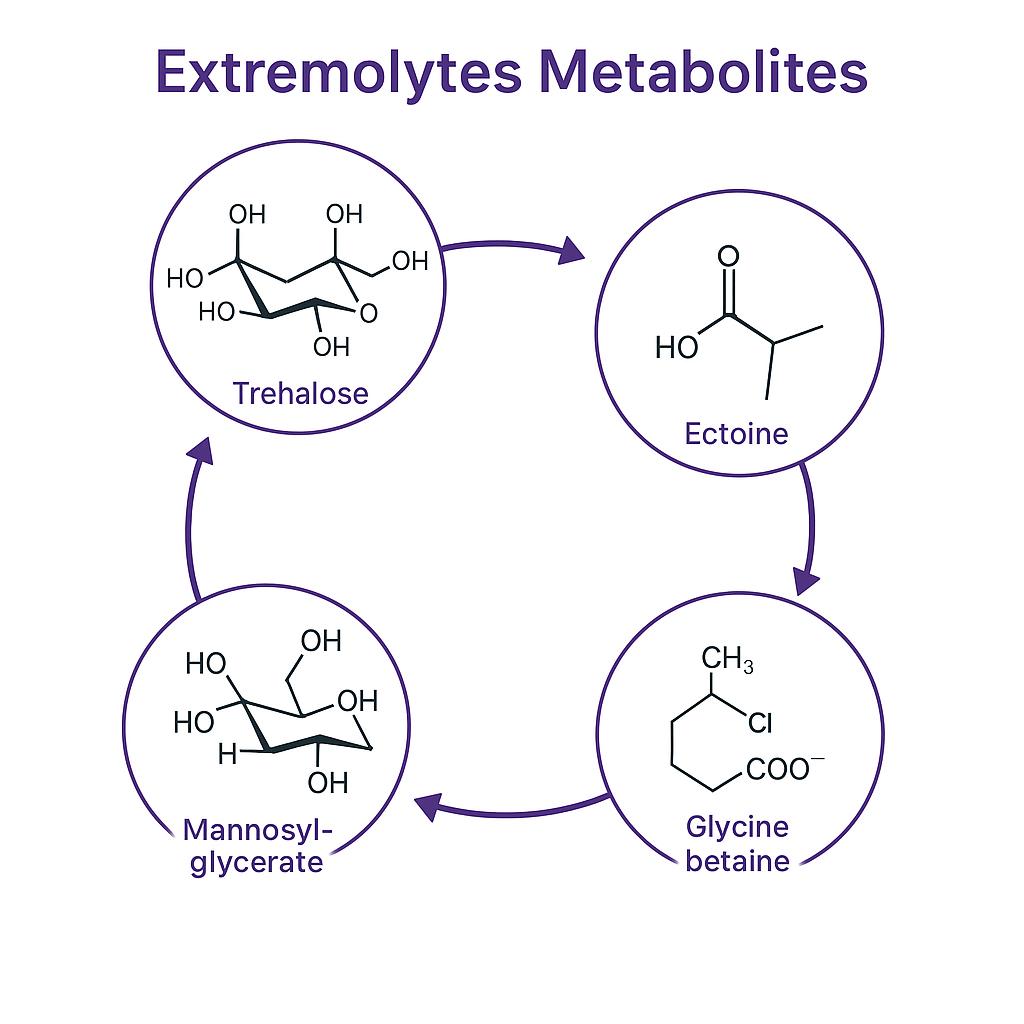
Creative Proteomics offers specialized Extremolytes Metabolomics Analysis to profile stress-adaptive metabolites from extremophilic organisms.
Utilizing high-resolution platforms like Orbitrap HF-X and Agilent 6495C, we deliver:
- Detection Sensitivity: As low as 10 nM
- Mass Accuracy: <2 ppm
- Identification Confidence: ≥95% with standards and MS/MS spectra
- Pathway Coverage: >120 known osmolyte biosynthesis and stress-response pathways
- High Throughput: Up to 96 samples per batch
- Broad Sample Compatibility: Cultures, biomass, extracts, environmental samples
Applications span industrial microbiology, bioprocess optimization, synthetic biology, agriculture, environmental studies, and biomaterials research.
Overview of Extremolytes
Extremolytes are specialized small organic molecules synthesized by extremophiles—organisms thriving in extreme environments such as hydrothermal vents, hypersaline lakes, and polar ice. These molecules, including ectoine, hydroxyectoine, and bacterioruberin, enable survival under stressors like high temperature, salinity, and radiation. Their unique biochemical properties make them invaluable for industrial biotechnology, agriculture, and environmental science. Creative Proteomics's extremolytes metabolomics service leverages advanced omics technologies to profile these compounds, linking their metabolic pathways to functional applications.
Advantages of Extremolytes Metabolomics Analysis Service
- Detection Sensitivity: As low as 10 nM for major extremolytes (e.g., ectoine, betaine)
- Mass Accuracy: <2 ppm with internal calibration
- Identification Confidence: ≥95% with authentic standards and fragmentation spectra
- Pathway Coverage: >120 known pathways involving osmolyte biosynthesis and transport
- Sample Throughput: Up to 96 samples/run with batch processing optimization
Extremolytes Metabolomics Analysis Service Offered by Creative Proteomics
- Targeted Extremolytes Profiling: Accurate quantification of known extremolytes using authentic standards and MRM (Multiple Reaction Monitoring) mode.
- Untargeted Metabolomics of Stress-Induced Cultures: Comprehensive metabolite fingerprinting under various stress conditions to discover novel osmolytes or pathway shifts.
- Microbial Metabolomics: Metabolic characterization of extremophilic microorganisms cultured in defined liquid media.
- Pathway Mapping & Enrichment Analysis: Identification of extremolyte-associated pathways using KEGG and HMDB databases.
- Multi-Omics Integration: Correlation with proteomic data for holistic insights.
- Customized Solutions: Tailored protocols for unique sample types (e.g., microbial mats, extremophile cultures).
List of Detectable Extremolytes and Pathway-Associated Metabolites
| Compound Class | Representative Metabolites | Associated Pathways |
|---|---|---|
| Compatible Solutes | Ectoine, Hydroxyectoine, Trehalose, Mannosylglycerate | Osmoprotection, Desiccation Response, Thermotolerance |
| Quaternary Amines | Glycine Betaine, Carnitine, Choline, Trimethylamine N-oxide (TMAO) | Osmotic Stress Regulation, Methylation Cycle |
| Polyols | Mannitol, Sorbitol, Xylitol, Inositol | Polyol Pathway, Carbohydrate Metabolism |
| Amino Acids & Derivatives | Proline, Glutamate, Arginine, Citrulline, Ornithine | Acid/Base Stress, Nitrogen Cycling, Thermoprotection |
| Sulfonated Compounds | Taurine, Sulfoquinovose, Cysteic acid | Sulfur Assimilation, Membrane Stability |
| Sugar Derivatives | Sucrose, Raffinose, Maltose, Fructose | Glycolysis, Disaccharide Metabolism, Cell Wall Integrity |
| Methylated Compounds | Dimethylglycine, Trimethyllysine, Betaine aldehyde | Methyl Donor Pathways, Redox Regulation |
| Carboxylic Acids | Pyruvate, Succinate, Malate, Alpha-ketoglutarate | TCA Cycle, Energy Homeostasis |
| Phosphorylated Intermediates | Glycerol-3-phosphate, Glucose-6-phosphate, PEP | Central Carbon Metabolism, Anaplerotic Pathways |
| Halophilic Osmolytes | Di-myo-inositol phosphate, Glucosylglycerate | High-salt Adaptation, Hyperosmotic Balance |
| Thermoprotective Compounds | Thermospermine, Thermotolerin, Cyclic 2,3-diphosphoglycerate | Heat Stress Response, Thermostabilization |
Workflow for Extremolytes Metabolomics Analysis Service
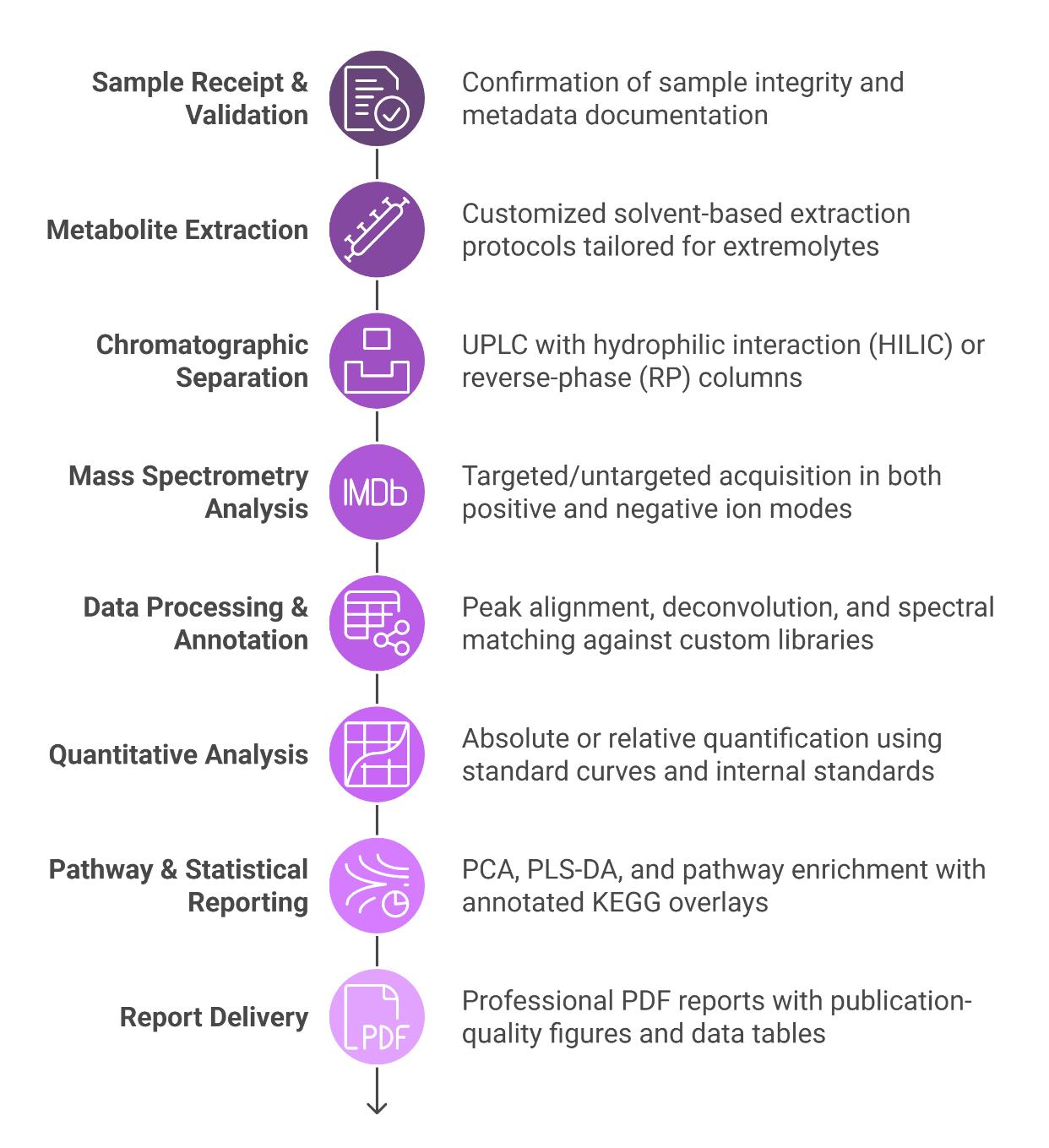
Technology Platform for Extremolytes Metabolomics Analysis Service
- Thermo Fisher Q Exactive™ HF-X Orbitrap MS – High-resolution, full-scan and MS/MS fragmentation with <1 ppm accuracy.
- Agilent 1290 Infinity II UHPLC + 6495C Triple Quadrupole LC/MS – Exceptional sensitivity for targeted quantification.
- Sciex Triple Quad™ 6500+ System – Ultra-sensitive detection with dynamic MRM for low-abundance extremolytes.
- Waters Xevo G2-XS QToF – Robust structural elucidation and exact mass measurements.
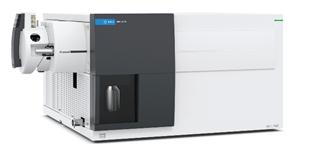
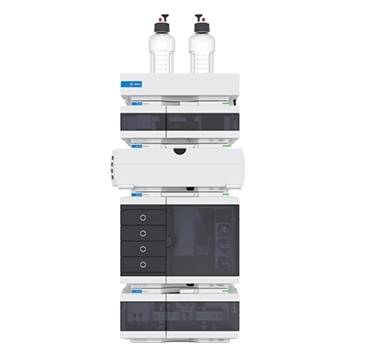
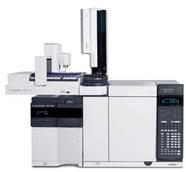

Agilent 6495C Triple quadrupole (Figure from Agilent)
Agilent 1260 Infinity II HPLC (Figure from Agilent)
Agilent 7890B-5977A (Figure from Agilent)
SCIEX Triple Quad™ 6500+ (Figure from Sciex)
Sample Requirements for Extremolytes Metabolomics Analysis Service
| Sample Type | Required Amount | Preservation Method | Notes |
|---|---|---|---|
| Culture Supernatant | ≥ 500 µL | Store at -80°C immediately after centrifugation | Avoid bacterial debris; sterile filtration recommended |
| Cell Pellet (wet biomass) | ≥ 100 mg | Snap freeze in liquid nitrogen, store at -80°C | Avoid delay between harvest and freezing |
| Lyophilized Biomass | ≥ 50 mg | Store in airtight tubes at -80°C | Protect from moisture reabsorption |
| Fermentation Broth | ≥ 1 mL | Centrifuge, aliquot supernatant, freeze at -80°C | Include metadata: growth conditions, OD600 |
| Intracellular Extracts | ≥ 300 µL or ≥ 50 mg pellet | Quench metabolism (e.g., cold methanol), freeze immediately | Use pre-cooled solvents; minimize handling time |
| Environmental Samples (e.g., soil filtrate) | ≥ 5 g wet weight or 2 mL extract | Freeze at -80°C, ship on dry ice | Pre-extraction suggested if matrix is complex |
Applications of Extremolytes Metabolomics Assay Service

Industrial Microbiology
Screening microbial strains for high-osmotic or heat-resistant production traits.

Bioprocess Optimization
Monitoring stress-induced metabolite shifts during fermentation scale-up.

Synthetic Biology
Designing metabolic circuits for stress-responsive compound biosynthesis.

Agricultural Biotechnology
Investigating plant-microbe interactions under salt or drought stress.

Environmental Adaptation Studies
Profiling extremophiles from saline, thermal, or acidic habitats.

Biomaterials & Cosmetics
Evaluating natural extremolytes for use as bio-protectants or stabilizers.
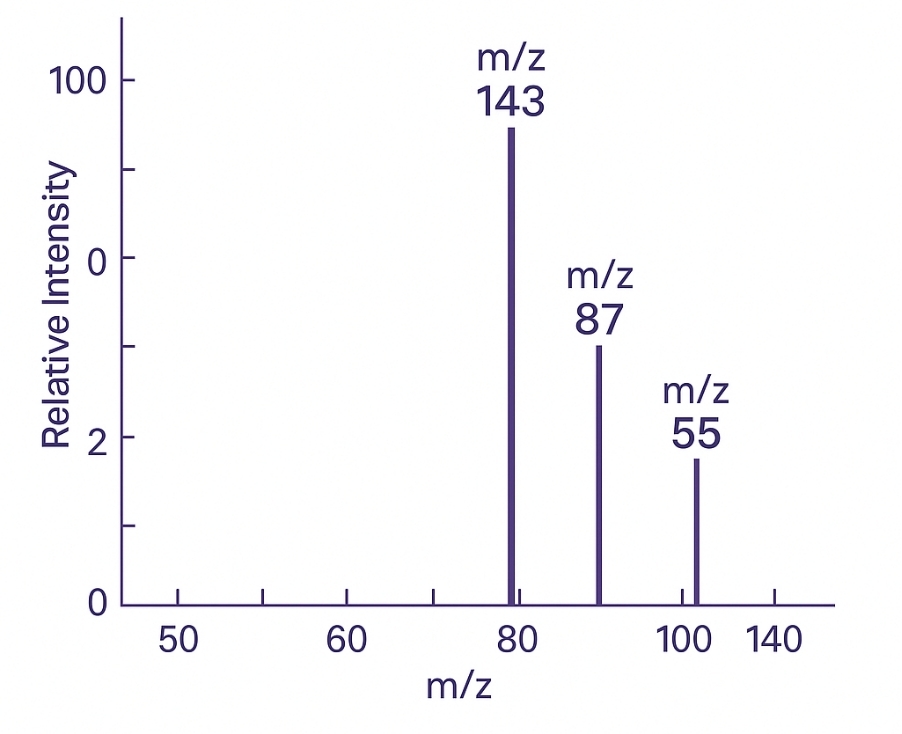 Representative MS/MS Spectrum of Extremolytes
Representative MS/MS Spectrum of Extremolytes
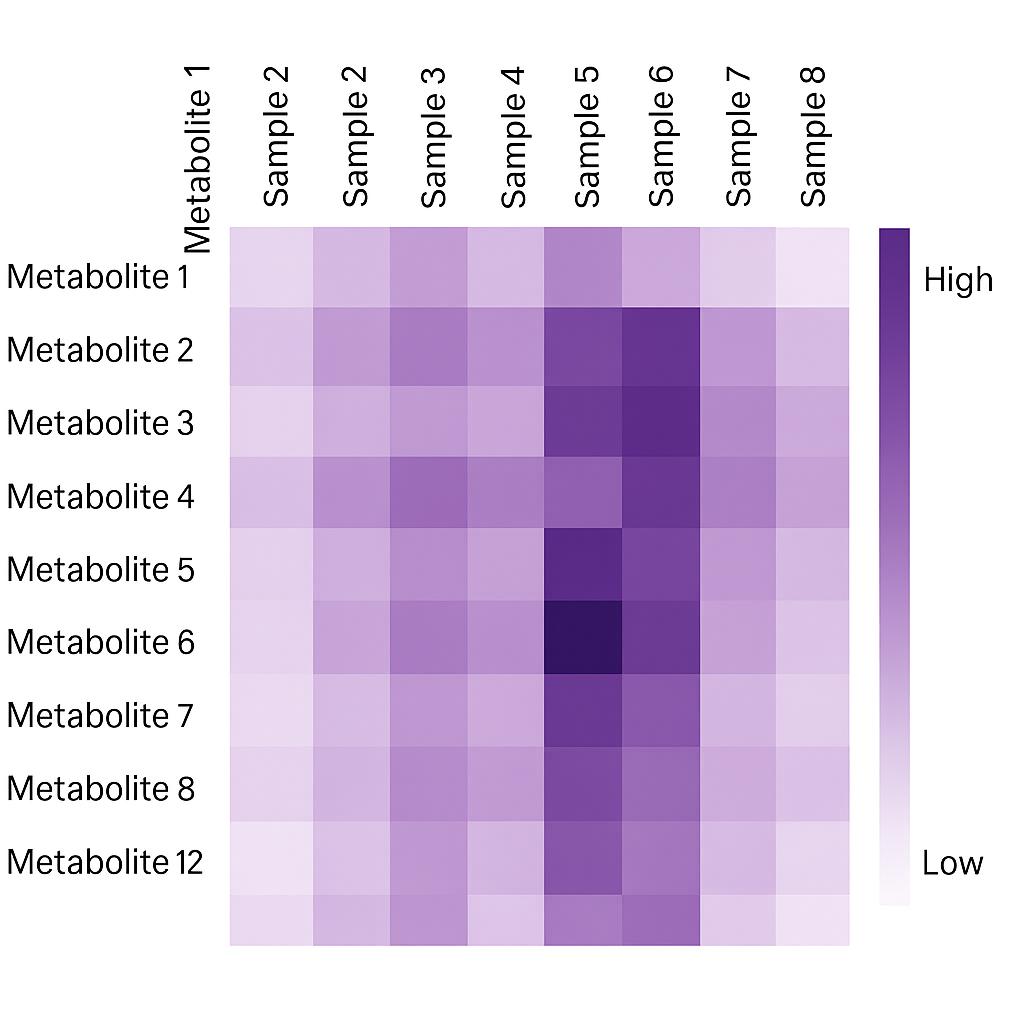 Heatmap
Heatmap
Q: Can you differentiate between isomeric extremolytes like ectoine and hydroxyectoine?
Yes. We utilize high-resolution chromatographic separation (HILIC-UHPLC) and MS/MS fragmentation pattern analysis, which allows precise differentiation between closely related isomers such as ectoine and hydroxyectoine.
Q: What is the minimum number of samples required for statistical analysis?
We recommend at least three biological replicates per condition to enable robust statistical evaluation such as PCA, clustering, and significance testing (e.g., ANOVA).
Q: Can you analyze extremolytes produced under multiple stress conditions simultaneously?
Absolutely. You can submit samples from different environmental stresses (e.g., high salt, oxidative stress, temperature shifts) in parallel. We will analyze and compare metabolic shifts across conditions.
Q: Will I receive raw mass spectrometry data files?
Yes. Upon project completion, we deliver raw LC-MS/MS data (formats like .raw, .mzXML, or .mzML), processed peak tables, and full metadata documentation for transparency and potential reanalysis.
Q: How stable are extremolytes during sample transportation?
Extremolytes are generally stable when frozen at -80°C. However, for highly accurate quantification, we advise minimizing freeze-thaw cycles and ensuring continuous cold chain logistics (dry ice shipping).
Q: Do you provide custom standards if my extremolyte of interest is not common?
Yes. If you request the quantification of uncommon or novel extremolytes, we can source or synthesize custom standards, or alternatively, perform semi-quantitative analysis based on structural analogs.
Q: Can you assist in pathway reconstruction for novel extremolytes?
Yes. We offer bioinformatics support to infer and map potential biosynthetic pathways using KEGG, MetaCyc, and in-house curated extremophile databases, especially useful for novel compound discovery.
Q: How do you ensure quality control (QC) during the analysis?
Each batch includes multiple QC samples:
- Internal standards for normalization
- Pooled QC samples for batch effect monitoring
- Randomized sample order during MS runs to avoid bias
We track retention time shifts, mass accuracy, and signal intensity drifts in real-time.
Q: What if my sample contains high salt or organic solvents?
Please inform us in advance. We can perform additional desalting, liquid-liquid extraction, or solid-phase extraction steps to reduce matrix effects and prevent instrument contamination.
Q: Do you support targeted follow-up studies after untargeted discovery?
Yes. If untargeted metabolomics reveals interesting extremolytes, we can design a targeted MRM method for precise quantification and validation across expanded sample sets.
Q: How sensitive is your platform for low-abundance extremolytes?
Our triple quadrupole LC-MS system achieves detection limits down to picomolar (pM) levels for major extremolytes like ectoine and betaine, ensuring reliable results even in low-concentration samples.
Q: Can I integrate extremolytes data with transcriptomics or proteomics datasets?
Of course. We provide data formats and pathway annotations compatible with multi-omics integration platforms, enabling holistic insights across metabolite, gene, and protein layers.
MS-CETSA functional proteomics uncovers new DNA-repair programs leading to Gemcitabine resistance
Nordlund, P., Liang, Y. Y., Khalid, K., Van Le, H., Teo, H. M., Raitelaitis, M., ... & Prabhu, N.
Journal: Research Square
Year: 2024
High Levels of Oxidative Stress Early after HSCT Are Associated with Later Adverse Outcomes
Cook, E., Langenberg, L., Luebbering, N., Ibrahimova, A., Sabulski, A., Lake, K. E., ... & Davies, S. M.
Journal: Transplantation and Cellular Therapy
Year: 2024
Multiomics of a rice population identifies genes and genomic regions that bestow low glycemic index and high protein content
Badoni, S., Pasion-Uy, E. A., Kor, S., Kim, S. R., Tiozon Jr, R. N., Misra, G., ... & Sreenivasulu, N.
Journal: Proceedings of the National Academy of Sciences
Year: 2024
The Brain Metabolome Is Modified by Obesity in a Sex-Dependent Manner
Norman, J. E., Milenkovic, D., Nuthikattu, S., & Villablanca, A. C.
Journal: International Journal of Molecular Sciences
Year: 2024
UDP-Glucose/P2Y14 Receptor Signaling Exacerbates Neuronal Apoptosis After Subarachnoid Hemorrhage in Rats
Kanamaru, H., Zhu, S., Dong, S., Takemoto, Y., Huang, L., Sherchan, P., ... & Zhang, J. H.
Journal: Stroke
Year: 2024
Pan-lysyl oxidase inhibition disrupts fibroinflammatory tumor stroma, rendering cholangiocarcinoma susceptible to chemotherapy
Burchard, P. R., Ruffolo, L. I., Ullman, N. A., Dale, B. S., Dave, Y. A., Hilty, B. K., ... & Hernandez-Alejandro, R.
Journal: Hepatology Communications
Year: 2024
Comparative metabolite profiling of salt sensitive Oryza sativa and the halophytic wild rice Oryza coarctata under salt stress
Tamanna, N., Mojumder, A., Azim, T., Iqbal, M. I., Alam, M. N. U., Rahman, A., & Seraj, Z. I.
Journal: Plant‐Environment Interactions
Year: 2024
Teriflunomide/leflunomide synergize with chemotherapeutics by decreasing mitochondrial fragmentation via DRP1 in SCLC
Mirzapoiazova, T., Tseng, L., Mambetsariev, B., Li, H., Lou, C. H., Pozhitkov, A., ... & Salgia, R.
Journal: iScience
Year: 2024
Physiological, transcriptomic and metabolomic insights of three extremophyte woody species living in the multi-stress environment of the Atacama Desert
Gajardo, H. A., Morales, M., Larama, G., Luengo-Escobar, A., López, D., Machado, M., ... & Bravo, L. A.
Journal: Planta
Year: 2024
A personalized probabilistic approach to ovarian cancer diagnostics
Ban, D., Housley, S. N., Matyunina, L. V., McDonald, L. D., Bae-Jump, V. L., Benigno, B. B., ... & McDonald, J. F.
Journal: Gynecologic Oncology
Year: 2024
Glucocorticoid-induced osteoporosis is prevented by dietary prune in female mice
Chargo, N. J., Neugebauer, K., Guzior, D. V., Quinn, R. A., Parameswaran, N., & McCabe, L. R.
Journal: Frontiers in Cell and Developmental Biology
Year: 2024
Proteolytic activation of fatty acid synthase signals pan-stress resolution
Wei, H., Weaver, Y. M., Yang, C., Zhang, Y., Hu, G., Karner, C. M., ... & Weaver, B. P.
Journal: Nature Metabolism
Year: 2024

